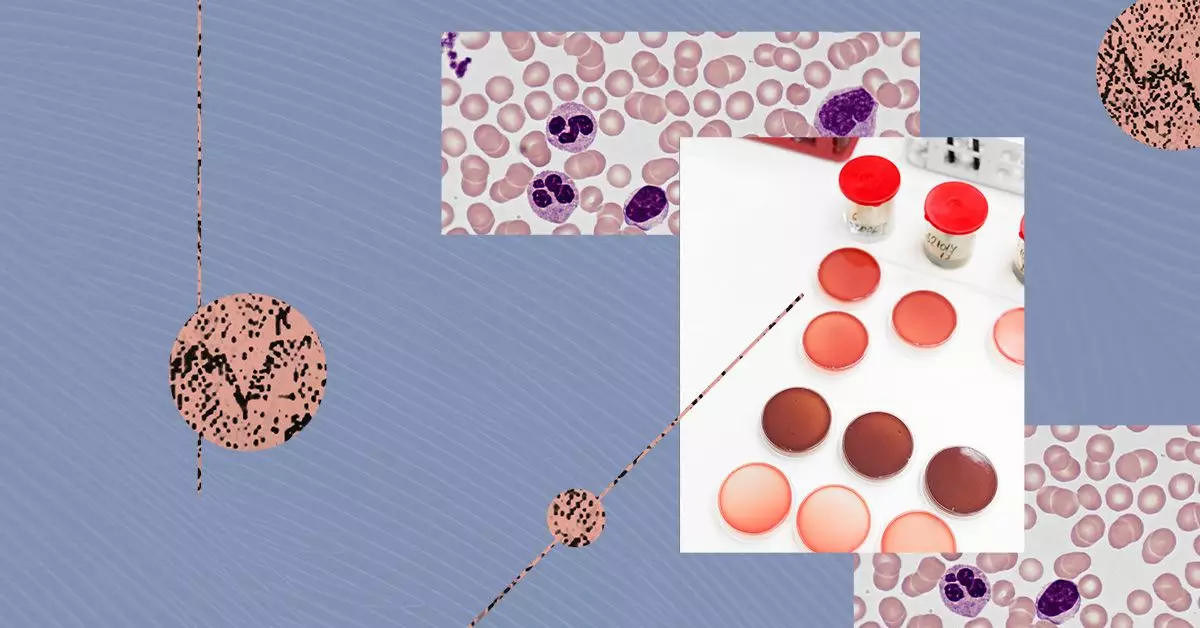Multiple Myeloma (MM) is a complex and multifaceted condition that represents a critical area of study in hematology and oncology. This malignancy affects plasma cells, a type of white blood cell crucial for immune response and antibody production. However, the abnormal proliferation of these cells disrupts normal bodily functions, giving rise to a range of disorders associated with anemia, bone pain, and immune deficiencies. Understanding the types of multiple myeloma is essential for effective diagnosis and treatment, as each variant can exhibit distinct characteristics and prognoses.
Distinct classifications of multiple myeloma not only aid healthcare professionals in devising treatment plans but also influence patient outcomes significantly. The main subtypes of MM include typical myeloma, light chain multiple myeloma (LCMM), nonsecretory myeloma (NSM), and IgM myeloma.
**Typical Myeloma** is further categorized based on the type of immunoglobulin produced by malignant plasma cells. The most prevalent variant within this category is IgG myeloma, where myeloma cells secrete two heavy IgG chains and two light kappa chains. This form often accounts for the majority of diagnosed cases, followed by IgA myeloma. In general, typical myeloma demonstrates more favorable treatment responses than some of its less common counterparts.
**Light Chain Multiple Myeloma** (LCMM), often referred to as Bence-Jones myeloma, is notorious for its more aggressive nature. Its pathology is characterized by the exclusive production of light chains, either kappa or lambda, without accompanying heavy chains. Approximately 15% of diagnosed cases fall under this category, and its tendency toward rapid progression poses unique challenges for both diagnosis and management.
**Nonsecretory Myeloma** (NSM) presents a diagnostic quandary. It accounts for only 1% to 5% of all MM cases and is characterized by the absence of measurable monoclonal protein in blood or urine. This makes NSM particularly difficult to monitor and treat, as the typical markers used in the diagnosis of MM are absent. Consequently, patients may experience delayed diagnosis and subsequently delayed treatment, leading to worsened outcomes.
**IgM Myeloma**, while the least common variant, is marked by the presence of IgM monoclonal proteins. Often confused with Waldenström macroglobulinemia, its rarity complicates clinical understanding and treatment options. This rare subtype can sometimes mimic the symptoms of lymphoma, highlighting the necessity for precise diagnostic techniques.
Related Plasma Cell Disorders
Beyond the direct classifications of multiple myeloma, several related conditions exemplify the spectrum of plasma cell diseases. These include Smoldering Multiple Myeloma (SMM), Solitary Plasmacytoma (SP), Monoclonal Gammopathy of Undetermined Significance (MGUS), and Light Chain Amyloidosis (LCA).
**Smoldering Multiple Myeloma (SMM)** represents an asymptomatic precursor of MM characterized by high levels of plasma cells in the bone marrow and elevated monoclonal protein. Although SMM does not manifest with symptoms, careful monitoring is crucial as it may transition to active MM. The approach may include watchful waiting or preemptive interventions depending on prognostic indicators.
**Solitary Plasmacytoma** often manifests as a localized tumor of plasma cells without evidence of systemic multiple myeloma. Treatment typically involves radiation therapy and possibly surgery. Successful management depends on the absence of new plasmacytomas, enabling optimal long-term outlooks compared to those diagnosed with systemic MM.
**Monoclonal Gammopathy of Undetermined Significance (MGUS)** is a frequently encountered condition where atypical plasma cells are present but do not produce significant health issues. Although not classified as cancer, MGUS carries an elevated risk of developing multiple myeloma or other hematological malignancies, necessitating ongoing surveillance for cancer development.
**Light Chain Amyloidosis (LCA)** is yet another critical condition arising from plasma cell dysfunction. In this case, excessive production of light chains results in amyloid deposits that can affect multiple organs, leading to serious health complications such as cardiac and renal dysfunction. Unlike MM, the level of aberrant plasma cells in the bone marrow is typically lower in LCA.
Conclusively, multiple myeloma and its related disorders represent a significant challenge in oncology. Understanding the nuanced differences between the various types of MM enables healthcare providers to tailor treatment approaches effectively. Early detection remains crucial, not only to improve treatment efficacy but also to enhance patient quality of life. Continuous research and clinical advancements are essential in this domain to better understand these conditions and to improve management strategies, ultimately leading to better patient outcomes.

